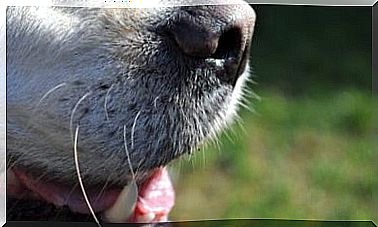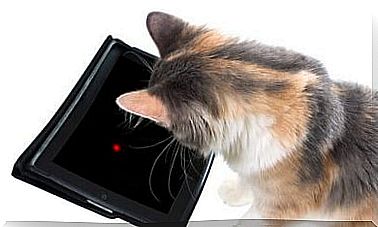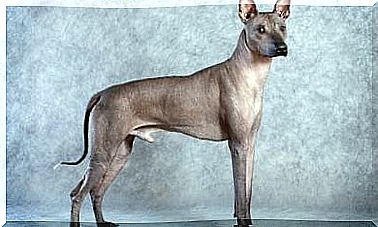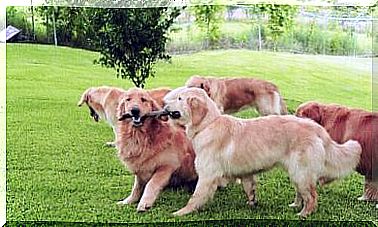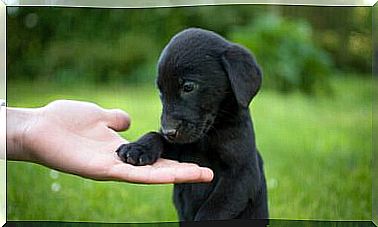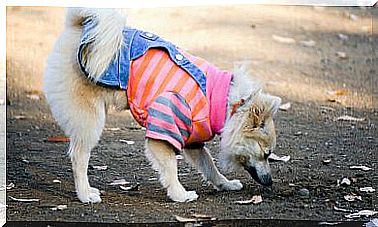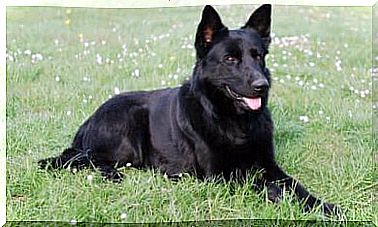Cats That Think Like Dogs

There are certain breeds of cats that think like dogs, displaying behavioral patterns among which the desire to relate to human beings stands out. This sociability is manifested through the body language itself and can be improved through various exercises.
There is a deep-rooted belief regarding the independent and aloof attitude of cats, generally conceived as the opposite of dogs. However, not all domestic cats identify with these stereotypes, because they love to play, respond when called and even like water.
Some of the common gestures among cats who think like dogs are multiple facial expressions, including the movement of the ears. The movement of the tail and even the degree of arching of the back are also important indicators of the level of well-being of these animals.
In addition, both species are characterized by the great development of their olfactory and auditory systems, important in recognizing and communicating with other animals.
Cat breeds that think like dogs
While any cat can behave like a dog, both for genetic reasons and the influence of the environment, there are several breeds more prone:
- The Abyssinian. Ethologists define it as the ideal cat for those used to handling dogs. He is energetic, sociable, responds to the search for toys, follows his owner and normally enjoys water. Likewise, he is receptive to collar training.
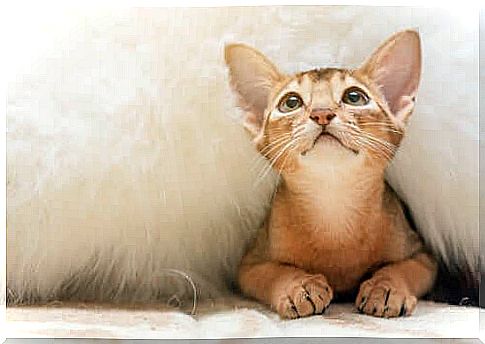
- The ragdoll. The name of this species is translated as ‘rag doll’, given the gentle and sociable personality of the animal. Although it is fun, its distinguishing feature is the placidity with which it responds to the caresses of its owner and people outside the home. In addition, it is the ideal cat to socialize with other animals.
- Angora. It is one of the cats most similar to dogs, given its desire to be the center of attention. He’s playful, faithful and sociable, and he usually stands out for being receptive to visitors. To all this is added his good swimming ability.
- The Maine Coon. It is one of the largest breeds of domestic cats and outperforms many small breed dogs. He is dedicated and playful with his owner, and is able to bring the toys back. With regard to visits, he may be more suspicious.
How to enhance canine behavior
In addition to the existence of certain breeds of cats that think like dogs, some steps can be taken to increase this sociability.
- Do agility and memory exercises. While it may involve more dedication than dogs, cats can answer when called by their name, look for toys, and even bring them. Results are generally more successful when working with whistles, so behaviors are associated with sounds.
- Take tours. Some cats, due to their gentle personality, respond positively to collars. These guided walks must be carried out in quiet places, which will ensure the absence of dogs.
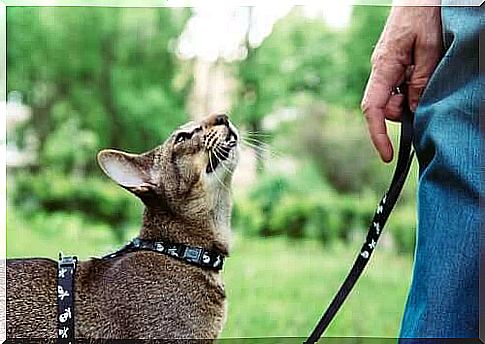
- Development with dogs. When cats grow up alongside dogs, as long as they are receptive and calm, they generally mimic canine behavior patterns. Likewise, increasing contact with humans in the first few months of life will increase the cat’s sociability.
Despite all this, it is important to respect the limits of each species. Urine and faeces-related training and the accumulation of the number of orders should not be equal.
Finding out about the feline breeds that are most in line with a person’s lifestyle is essential to achieving common well-being. It is also important to be aware that much of a pet’s character will be a reflection of what they have learned in their everyday environment.

